Realizing Increased Photosynthetic Efficiency (RIPE) is an international effort to develop more productive crops by improving photosynthesis—the natural, sunlight-powered process that all plants use to fix carbon dioxide into carbohydrates that fuel growth, development, and ultimately yields. RIPE aims to develop technologies that will help feed the world by equipping farmers with higher-yielding crops that can increase their income and opportunities.
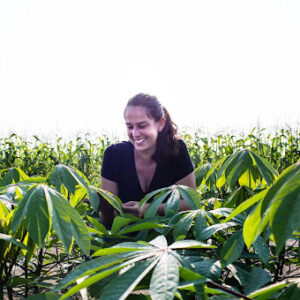
The RIPE project formed in 2012 with a five-year award from the Bill and Melinda Gates Foundation. In 2017, RIPE received a five-year reinvestment from the Gates Foundation along with two co-funding sponsors: the U.S. Foundation for Food and Agriculture Research and the U.K. Government’s Department for International Development. The reinvestment doubled the project’s funding to redesign photosynthesis as a means to create more productive and sustainable crops.
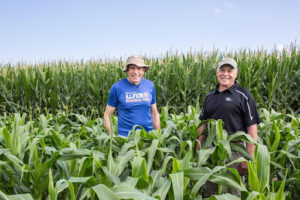

The RIPE project is pursuing seven strategies to redesign the photosynthetic process at levels ranging from molecules to crop canopies. These strategies were identified through developing photosynthetic models that are able to simulate the complete photosynthetic process in silico.
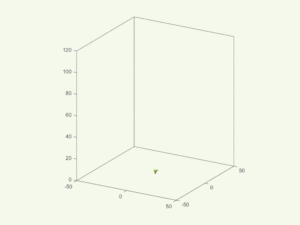
At the University of Illinois, the RIPE project has proved through laboratory, greenhouse, and replicated field experiments that two of these objectives can significantly increase the productivity of model crops:
Relaxing Photoprotection: On sunny days, we can put on sunscreen or go indoors to avoid sunburn. Plants don’t have this luxury. Instead, they turn on a unique mechanism to dispose of the extra light energy as heat to prevent damage—but they are unable to turn off this mechanism quickly to dispose of light after light levels drop, such as when a cloud passes overhead. The plant’s inability to switch off this protective process costs the plant precious energy that it could invest in photosynthesis. RIPE has helped plants switch it on and off faster to boost production by 20 percent.
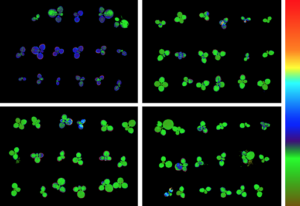
Photorespiratory Bypass: Plants have a glitch that causes them to fix oxygen instead of carbon dioxide about a quarter of the time. This process hijacks the plant from photosynthesizing, wasting energy and resources. RIPE developed a shortcut to help plants recycle a compound created by the glitch using less energy, allowing the plant to reinvest their saved energy into fixing more carbon. This shortcut improved productivity by an average of 25 percent.
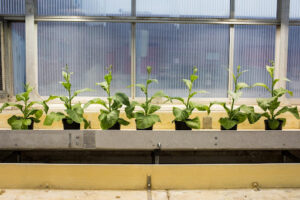
Once proven successful in model crops, these modifications are tested in food crops. Each success is a step towards the RIPE project’s vision for a sustainable, food-secure future. RIPE and its funding agencies are committed to ensuring smallholder farmers in developing countries have access to the project’s intellectual property.
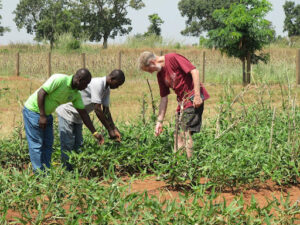
- Carl R. Woese Institute for Genomic Biology – 1206 West Gregory Drive, Urbana, IL
- Department of Crop Sciences – Turner Hall, 1102 South Goodwin Avenue, Urbana, IL
Głowacka, K., Kromdijk, J., Salesse-Smith, C. E., Smith, C., Driever, S. M., & Long, S. P. (2023). Is chloroplast size optimal for photosynthetic efficiency? New Phytologist, 239(6), 2197-2211. https://doi.org/10.1111/nph.19091.
RIPE Project. (N.d.). Our Story. https://ripe.illinois.edu/objectives/our-story.
RIPE Project. (N.d.). Photorespiratory Bypass. https://ripe.illinois.edu/index.php/objectives/photorespiratory-bypass.
RIPE Project. (N.d.). Relaxing Photoprotection. https://ripe.illinois.edu/index.php/objectives/relaxing-photoprotection.
